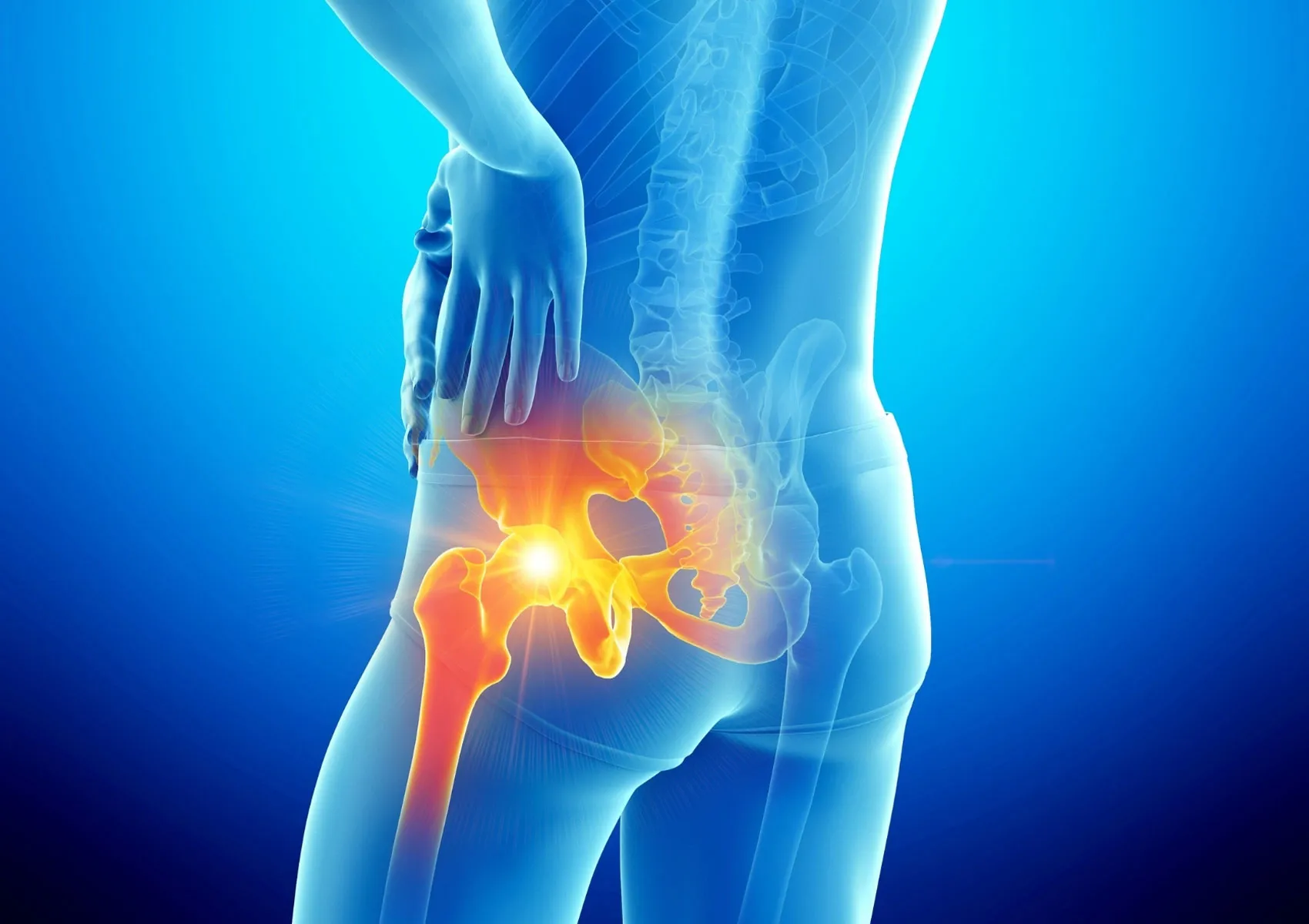What Is Hip Arthroscopy? Who Is It For?
Hip arthroscopy is a minimally invasive surgical procedure in which a small camera (arthroscope) and specialized instruments are inserted through 0.5–1 cm incisions to access the hip joint. It enables both diagnosis and treatment of various hip conditions without the need for open surgery.
This technique is particularly effective in managing conditions common in young and active individuals, such as labral tears, femoroacetabular impingement (FAI), and cartilage damage.
What Is Hip Arthroscopy?
Hip arthroscopy involves accessing the hip joint through small incisions to insert a camera and surgical instruments. Compared to traditional open surgery, it offers many advantages:
- Smaller incisions
- Less soft tissue trauma
- Shorter hospital stay
- Less pain
- Faster recovery and return to sports
- Better cosmetic outcomes
Conditions Treated with Hip Arthroscopy
- Femoroacetabular impingement (FAI)
- Labral tears
- Cartilage damage or erosion
- Iliopsoas tendon impingement or tendinitis
- Snapping hip syndrome (clicking or popping in the hip)
- Trochanteric bursitis and gluteus medius/minimus tears
- Removal of loose bodies in the joint
- Synovitis (inflammation of the joint lining)
- Diagnostic evaluation of the hip joint
Who Is a Good Candidate for Hip Arthroscopy?
Ideal Candidates:
- Active individuals aged 18–55
- Patients with hip pain not requiring open surgery
- Athletes with labral tears or hip impingement
- People who haven't responded to non-surgical treatments
- Those with FAI, labral damage, or localized cartilage injury
Not Suitable For:
- Patients with advanced hip osteoarthritis
- Those with significant joint space narrowing
- Elderly individuals with low activity levels
- Candidates for hip replacement surgery
How Is Hip Arthroscopy Performed?
- Performed under general anesthesia, with the patient lying on their back
- The hip is gently distracted to allow access to the joint
- A small camera and instruments are inserted through tiny incisions
- Labral tears are repaired or debrided, FAI lesions are reshaped
- Cartilage repair or tendon release may also be performed
- The procedure usually takes 1.5 to 2 hours, and patients can often walk the same day
Postoperative Recovery
- Hospital stay: Usually 1 day
- Walking: May begin on the same day with crutches
- Physical therapy: Starts within the first week
- Return to sports: Light activity around 3 months; full recovery in 4–6 months
- Complete healing: Typically within 6 months
FAQ
-
Is hip arthroscopy painful?
Mild to moderate postoperative pain is normal and can usually be managed with medication.
-
Can older adults have hip arthroscopy?
It’s generally not recommended in advanced arthritis cases, where hip replacement is more appropriate.
-
Can I return to sports after hip arthroscopy?
Yes. With proper rehab, athletes can usually return to full performance within 4–6 months.
-
When can I walk after surgery?
Most patients begin walking with crutches the same day or the next.
-
Is every case of hip pain treated with arthroscopy?
No. Proper patient selection is critical for the success of this procedure.

